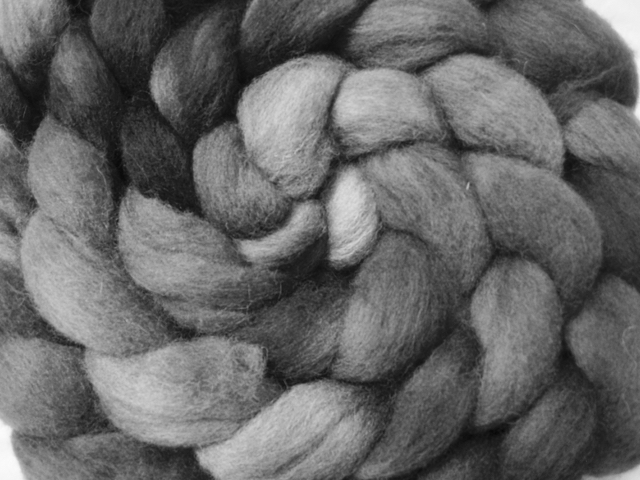Holiday time!
The last few days have been an absolute whirlwind. There's been the end of school:
Dev's first day and last days of primary school.
There's been dyeing and packing of this month's Spinning Box contribution,
Under the Big Top on Suffolk
And this month's Lab Goddess Fibre Club.
And there's been finishing up a whopping load of Tour de Fleece spinning.
Now we're off to the States for some good holiday with family. I hope everyone is having a lovely summer, and see you soon!




















